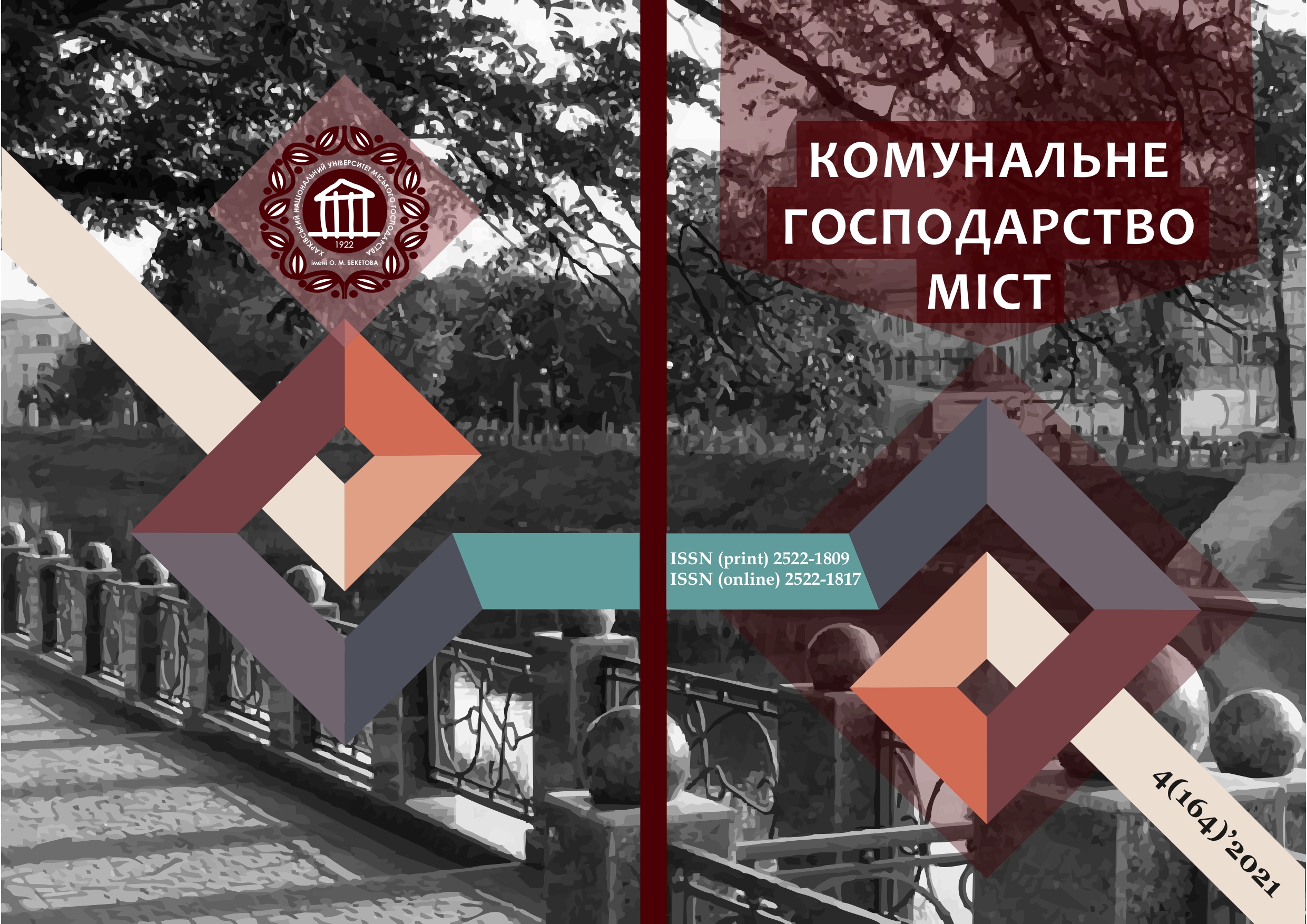RESEARCH OF AIR IONIZATION OF AIR IN PREMISES ON OPERATION OF COMPUTER EQUIPMENT
Array
Keywords:
personal computer, air ion, electrostatic charge, air deionization.Abstract
All known studies on the effect of computer equipment on the concentration of air ions of both signs have been used for rooms where desktop computers are operated. The expediency of conducting research using a laptop computer is substantiated. Therefore, the urgent task is to study the dynamics of the air ionic composition of the air from the operation of personal computers and identify ways to maintain this indicator at the regulatory level. It is shown that the switched on computer deionizes air, and mainly on one polarity. It is established that this is a consequence of electrification of polymer surfaces. The cause of electrification is triboelectric phenomena, including the directional movement of dry air from the CPU cooling fan. Additional electrification (and consequently - deionization of air) gives the presence of the user. Confirmation of the cause of deionization is the slow recovery of the concentration of air ions after turning on the computer to a certain neutralization of surface charges. The dependences of the change of air ion concentrations on the distance from the electric field source are established. At its intensity of about 5 kV/m with dimensions of 1.0×1.0 m, the critical distance is 1.2-1.3 m. It is recommended to carry out wet absorption for an unambiguous workplace, which provides insignificant electric fields for 1.5 hours. During the operation of many personal computers, it is advisable to neutralize surface charges with an ultrasonic humidifier-ionizer. It is emphasized that the conducted research has a separate character. This is due to the presence of specific synthetic materials It is advisable to conduct research in standard rooms for the operation of computer equipment to obtain information that can be summarized and used to develop sanitary standards for the operation of computer equipment.
References
2. Sidorov, O.V. (2013). Research of influence of users of personal computers on concentration of light air ions. Problems of labor protection in Ukraine, 26, 97–109. [in Ukrainian]
3. Standard of Building Biology Testing Methods: SBM–2015 [acting from July 2008]. Germany: Institut für Baubiologie +Ökologie IBN. 2015. 2 p.
4. Glyva, V.A., Nikolaev, K.D., Tikhenko, O.M., Tymoshen-ko, O.P. (2019). Research of levels of physical factors in premises of dispatching services of airports of civil aviation. Control, navigation and communication systems, 1(53), 32−35. [in Ukrainian]
5. Nazarenko, V.I., Cherednichenko, I.M., Nikiforuk, O.I., Martirosova, V.G., Tikhonova, N.S., Beseda, O.Y., Paliychuk, S.P. (2017). Physiological and hygienic assessment of working conditions of bank employees. Ukrainian Journal of Occupational Medicine, 4(53), 35–41. https://doi.org/10.33573/ujoh2017.04 [in Ukrainian]
6. Hygienic classification of labor according to the indicators of harmfulness and danger of factors of the production environment, the severity and intensity of the labor process, approved. By the order of the Ministry of Health dated 08.04.2014 № 248. [in Ukrainian]
7. DNAOP 0.03-3.06-80. Sanitary and hygienic norms of permissible levels of air ionization of industrial and public premises № 2152-80. [in Ukrainian]
8. Sukach, S.V., Sidorov, O.V. (2016). Methodological principles of improving the quality of control of the aeroionic composition of the air of the production environment. Problems of labor protection, 32, 127–133. [in Ukrainian]
9. Fletcher, L.A., Noakes, C.J., Sleigh, P.A., Beggs, C.B., Shepherd, S.J. (2008). Air Ion Behavior in Ventilated Rooms. Indoor and Built Environment, 17(2), 173–182. https://doi.org/10.1177/1420326x08089622
10. Laktionov, I., Vovna, O., Zori, A. (2017). Copncept of low cost computerized measuring system for microclimate parameters of greenhouses. Bulgarian Journal of Agricultural Science, 23(4), 668–673.
Downloads
Published
How to Cite
Issue
Section
License
The authors who publish in this collection agree with the following terms:
• The authors reserve the right to authorship of their work and give the magazine the right to first publish this work under the terms of license CC BY-NC-ND 4.0 (with the Designation of Authorship - Non-Commercial - Without Derivatives 4.0 International), which allows others to freely distribute the published work with a mandatory reference to the authors of the original work and the first publication of the work in this magazine.
• Authors have the right to make independent extra-exclusive work agreements in the form in which they were published by this magazine (for example, posting work in an electronic repository of an institution or publishing as part of a monograph), provided that the link to the first publication of the work in this journal is maintained. .
• Journal policy allows and encourages the publication of manuscripts on the Internet (for example, in institutions' repositories or on personal websites), both before the publication of this manuscript and during its editorial work, as it contributes to the emergence of productive scientific discussion and positively affects the efficiency and dynamics of the citation of the published work (see The Effect of Open Access).

